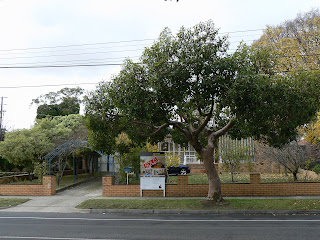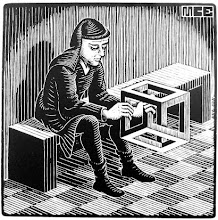
Wilkinson's Bakery on the Southwest corner of Ferntree Gully Road and Blackburn Road, 1888
The Notting Hill History Project is underway. As part of the opening of the Neighbourhood Centre there will be an exhibition on the history of the estate. The items for the display are being collected with the assistance of a grant from the Local History Grants Program.
A little on our history. Originally our suburb was known as Barkers Hill, MJ Barker being an early resident in the district but was renamed when a settler by the name of Thomas Wilkinson setup camp in the area because of his association with Notting Hill in London (although this is disputed as he actually came from Lincolnshire).
He was a Cobb & Co carrier of both parcels and passengers between Prahran and Ferntree Gully and in the late 1870s his house became the Half Way House Hotel (now the Notting Hill Pub) as a source of refreshment on their journey through the area, and finally he then became postmaster at the Notting Hill Post Office.
Within our estate, there was a creek called ‘Mile Creek West’ which had two branches at the northern end crossing over Ferntree Gully Rd joining into a main section which ran south along side the primary school’s eastern boundary and
continued on. These branches of creeks came from the southern boundary within the well known ‘Thomas Napier’s Historical Scotchmans Creek Grazing Run’.
The local aboriginal tribe from our area where called ‘Boonoorong’. Research indicates that the name of one of our avenues ‘Akuna’, draws from the Koori name meaning ‘Clear Water’.
Historically, the people from Notting Hill,when gathered together, have strong voices and have paved the way in several aspects. They were heard through many channels of both Council & Education Departments.
Our estate was and is known as Westerfield and was Australia’s first completely pre-planned neighbourhood by AV Jennings in the late 1950s, and early 60’s with approximately 8 different house plans to choose from - designed to provide modern living in a complete community with a character and atmosphere of distinction.





